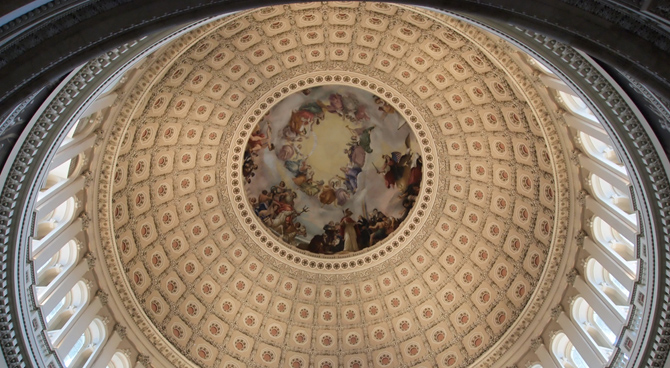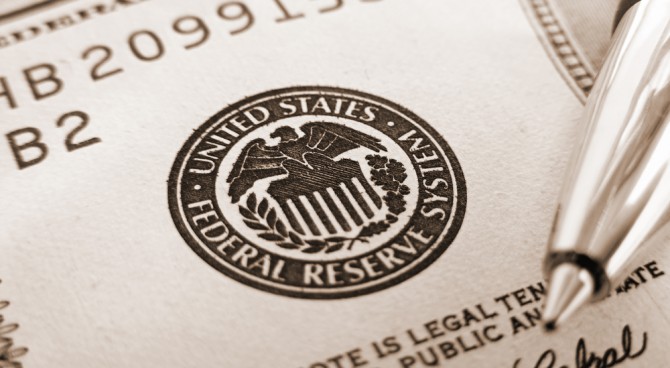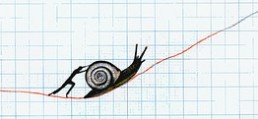The government now relies far more on fewer and wealthier taxpayers. No wonder revenues are lower.
The two policies that national Democrats blame for massively unbalanced federal budgets—the Bush tax cuts and the wars in Iraq and Afghanistan—have been largely repealed. Yet deficits are projected to average $700 billion a year over the next decade before rising again to $1 trillion.
So as the Senate and House take up competing budgets this week, President Obama and his congressional allies have renewed their demands for more revenue. The claim is that taxes remain far below historical norms, despite the recent rise in tax rates.
Well, yes, federal revenues have averaged only 15.3% of GDP over the past four years, the lowest share in 60 years. But that did not happen because tax rates are too low. Federal revenues are down because economic growth is too slow.
This simple distinction is profoundly important. Even small economic changes are powerful enough to dwarf the tax-policy differences dividing Republicans and Democrats.
The evidence comes from decades of Congressional Budget Office reports. Consider: CBO’s January 2011 report said slower economic growth would cost $958 billion in revenues over 10 years—more than the $850 billion that separated the Senate Republican and the Democratic tax proposals voted on last summer.
In January 2012, CBO projected that slow growth would cost $389 billion over the decade. This almost matches the $400 billion in revenues that reportedly prevented an agreement within the congressional Joint Select Committee on Deficit Reduction a few months earlier.
In fact, CBO reports since January 2008 show cumulative economic-driven revenue losses totaling $3.443 trillion over the 10-year periods analyzed. These revenues are vastly larger than the president’s most recent $618 billion tax hike.
It is hardly news that revenues are lost during a recession or a weak recovery. But these taxes do not have to be gone forever. As CBO reports on previous recessions have shown, an average recovery can recapture lost revenues and increase collections beyond their previously projected highs.
Unfortunately, America is experiencing nothing like a normal recovery. Government figures show that payroll employment is still 2.9 million below the pre-recession levels and 12.7 million below what a normal recovery would have delivered. The average real income of every individual is $702 less today than five years ago and $4,837 short of what an average post World-War II recovery would have generated. Compared with 2007, federal revenues in 2012 are down 5% nominally, and down 14% after inflation.
What is shocking is the degree to which federal revenues have underperformed even for an underperforming economy; revenues have dropped by 2.7% of GDP since 2007.
Why? A more progressive tax code now leverages the negative impact of slow economic growth. The share of all individual income taxes paid by the top 1% has risen to 41.8% in 2008 from 17.4% in 1980—but almost two-thirds of the income from the top 1% comes from nonwage income, including capital gains, dividends and proprietor’s profits.
Individual income taxes as well as corporate taxes are now far more rooted in the shifting sands of volatile business income and capital profits rather than in the terra firma of wage income that stabilizes payroll taxes. From 1960 to 2000, payroll taxes were never lower than in the previous year, individual income taxes dipped only twice, and corporate taxes dropped 11 times. Since 2000, individual income and corporate tax revenues dropped five times, while payroll taxes fell twice. Not only do revenues from individual tax returns drop more often now. They fall more severely, with recent collapses of 14%-20% versus the 3%-5% range before 2000.
Yet if the economy improves, federal revenues can surge. When the economy boomed in 1999-2000, CBO revisions projected an additional $1.7 trillion in tax revenue over the next decade.
When the current recovery appeared to pick up some steam, CBO reports in January and August 2010 revised revenues up $1.4 trillion over the following 10 years—solely for economic reasons.
While the CBO shows vast revenue surges from higher economic growth, it rarely—and insufficiently—projects higher revenues from pro-growth economic policies. The CBO originally estimated that the 1997 Balanced Budget Act would generate a combined “fiscal dividend” of taxes collected and lower spending (including interest on the debt) totaling $173 billion over seven years. However, by 2002, the CBO reported additional revenues alone of $713 billion from the thriving economy.
By consistently pushing for higher tax rates on top earners, and tax credits and lower rates for lower- and middle-income earners, Democratic tax policies have unintentionally left the government dependent on the prosperity of upper-income taxpayers. Since the current recovery is so dismal, revenues have tanked.
The country’s fiscal condition thus poses a choice for Democrats. They can harvest a great deal of revenue by making peace with a profitable and growing economy and with those productive individuals who create such an economy. Or they can embrace new taxes on both upper- and middle-income earners that will restrain economic growth. The latter course will make it harder and harder to raise the revenue that Democrats demand to fund the government they love.
Mr. Solon, a former policy adviser to Senate Republican Leader Mitch McConnell, is now with Gramm Partners in Washington, D.C.
A version of this article appeared March 20, 2013, on page A15 in the U.S. edition of The Wall Street Journal, with the headline: The Revenue Deficit From Progressive Tax Rates.





